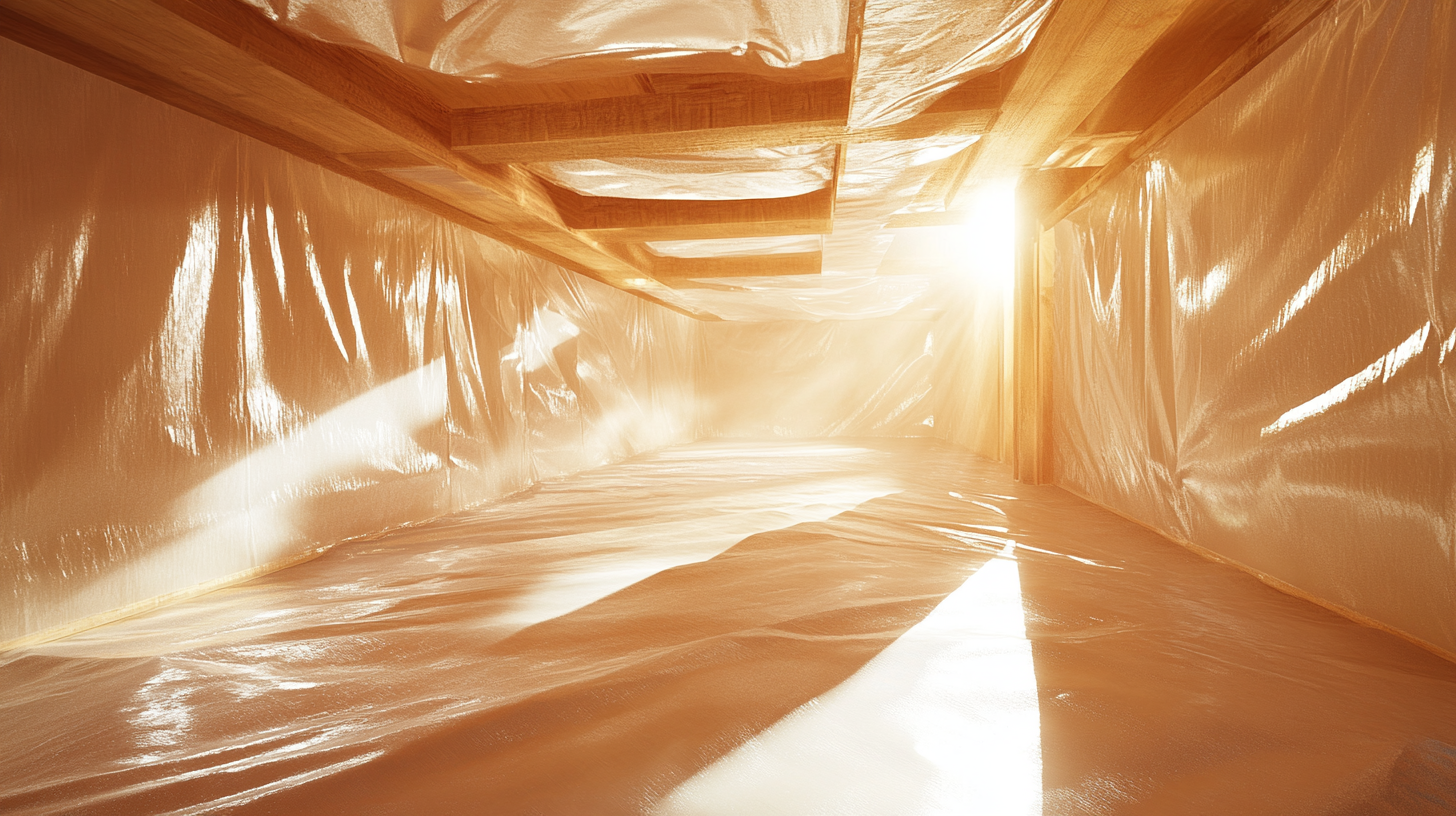Vapor barriers are a crucial element in modern home construction, designed to manage moisture and protect the integrity of a building. By controlling the movement of water vapor through walls, floors, and ceilings, vapor barriers prevent common moisture-related problems like mold growth, insulation damage, and wood rot. Traditionally used in areas prone to high humidity or temperature fluctuations, vapor barriers create a protective layer that stops moisture from seeping into vulnerable parts of a home’s structure. By safeguarding the home against excess moisture, vapor barriers play a vital role in maintaining a healthy indoor environment and preserving the longevity of the building.
The Evolution of Vapor Barrier Technologies
Traditional Vapor Barriers
Traditional vapor barriers, such as polyethylene sheeting and kraft-faced insulation, have long been the standard in moisture control for residential and commercial buildings. Polyethylene sheeting, often used in basements, crawl spaces, and walls, is an affordable and effective option for preventing moisture infiltration by creating a solid barrier against water vapor. Similarly, kraft-faced insulation, with its paper backing, serves as both a vapor barrier and an insulating material in walls and ceilings.
While these traditional materials have been widely used for decades, they come with limitations. They primarily focus on preventing moisture from entering a building but often neglect other important factors like energy efficiency and air quality. Additionally, traditional vapor barriers can be prone to damage and may not integrate well with modern home systems. As homes become more energy-efficient and smarter, these older solutions may not provide the comprehensive performance required to meet today’s building standards.
The Shift Toward Innovation
In recent years, the demand for more advanced vapor barrier technologies has grown, driven by updated building codes, sustainability goals, and the push for greater energy efficiency. As homes become more airtight to improve energy conservation, they also require vapor barriers that manage not only moisture but also air quality. The traditional approach of simply blocking moisture is no longer sufficient for modern homes, where the entire building envelope is designed to be more energy-efficient and environmentally friendly.
Innovative vapor barriers are now being developed to address these new challenges. These advanced solutions often incorporate breathable membranes that allow controlled vapor diffusion while still preventing moisture buildup, contributing to healthier indoor environments. They also integrate better with smart home systems, enabling monitoring of air and moisture levels in real time. This shift reflects the growing need for vapor barriers that support both sustainability efforts and the high-performance standards of modern construction, ensuring that homes remain energy-efficient, comfortable, and moisture-free for years to come.
Key Features of Innovative Vapor Barrier Technologies
Smart Vapor Barriers
Smart vapor barriers represent a significant advancement in moisture control, incorporating sensors and technologies that actively monitor conditions within walls, floors, and roofs. Unlike traditional vapor barriers, which passively block moisture, smart vapor barriers provide real-time data and enable automated responses to changing environmental conditions.
- Real-time data collection: Sensors embedded within smart vapor barriers continuously measure moisture levels and temperature, providing real-time feedback on the conditions inside the building envelope.
- Integration with smart home systems: These barriers can be connected to a home’s smart systems, sending alerts when moisture is detected. If moisture levels rise, the system can automatically trigger dehumidifiers, ventilation fans, or even heating and cooling adjustments to maintain optimal conditions.
- Preventative maintenance: By alerting homeowners or property managers to potential moisture issues before they cause damage, smart vapor barriers help prevent problems like mold growth, wood rot, and structural damage.
Dynamic Vapor Barriers (Variable Permeability)
Dynamic vapor barriers, also known as vapor retarders with variable permeability, are designed to adapt to changing environmental conditions. These innovative materials adjust their permeability based on temperature and humidity, allowing moisture to escape in some situations while blocking it in others.
- Temperature and humidity response: In warm, humid conditions, dynamic vapor barriers increase their permeability to allow moisture to escape, preventing buildup within the walls. In colder climates, they reduce permeability to block moisture from entering and condensing within the structure.
- Year-round moisture management: By adjusting to seasonal variations, dynamic vapor barriers offer superior protection across different climates, maintaining a balanced level of moisture control no matter the weather.
Integrated Vapor and Air Barriers
Combining vapor and air barrier functions into a single solution offers numerous advantages for modern homes, particularly when it comes to energy efficiency and overall building performance.
- Seamless Moisture Control: Integrated vapor and air barriers prevent both moisture infiltration and air leaks, providing comprehensive protection for the building envelope.
- Improved Energy Efficiency: By blocking drafts and air leaks, these barriers help reduce heating and cooling losses, allowing HVAC systems to operate more efficiently.
- Enhanced Indoor Air Quality: Integrated barriers regulate air exchange while preventing moisture-laden air from entering the home, reducing the risk of mold and promoting healthier indoor environments.
- Reduced Installation Complexity: Using a single product that performs both air and vapor control functions simplifies installation and reduces the risk of gaps or errors in the building envelope.
These innovative vapor barrier technologies are designed to meet the needs of modern, energy-efficient homes while providing superior moisture control and enhancing overall building performance.
Leading Materials in Innovative Vapor Barriers
Advanced Polymeric Materials
Advanced polymeric materials are becoming the go-to choice for modern vapor barriers, offering significantly improved performance over traditional polyethylene. These high-performance polymers are designed to be more durable, flexible, and resistant to punctures, making them ideal for demanding construction environments.
- Durability and flexibility: Unlike traditional vapor barriers, which can be prone to tears or punctures, polymeric materials are more resilient and able to withstand the rigors of installation and long-term exposure. This makes them particularly well-suited for high-traffic areas or complex installations.
- Compatibility with energy-efficient building envelopes: These advanced materials integrate seamlessly with the airtight, energy-efficient building envelopes used in modern construction. Their flexibility ensures they can adapt to tighter spaces without compromising on performance, helping to enhance both moisture control and overall energy efficiency.
Self-Healing Membranes
Self-healing vapor barriers represent a major leap forward in moisture control technology. These innovative barriers are designed using special materials that can automatically seal minor punctures or tears, offering enhanced protection and extended longevity.
- Automatic sealing of minor damage: If the membrane is punctured by nails or small tears develop, the material closes the gap, maintaining an airtight and moisture-resistant seal. This self-repairing ability significantly reduces the need for maintenance and extends the lifespan of the vapor barrier.
- Ideal for dynamic environments: Homes that experience slight structural movements, such as those in seismic areas, or those undergoing frequent renovations, benefit greatly from self-healing membranes. These barriers offer long-term reliability by adapting to changes without losing their effectiveness in moisture control.
Liquid-Applied Vapor Barriers
Liquid-applied vapor barriers are becoming increasingly popular due to their versatility and ease of application. Applied as a spray or roll-on coating, these barriers provide seamless protection across a wide range of surfaces.
- Seamless Application: By eliminating the need for seams or joints, liquid-applied barriers reduce the risk of gaps that could allow moisture infiltration, ensuring continuous coverage.
- Versatile Use: These barriers can be applied to a variety of surfaces, including walls, foundations, and even irregular structures or complex geometries, making them a flexible solution for many building types.
- Fast Application: With quick drying times, liquid-applied vapor barriers help reduce construction delays, allowing for faster project completion without sacrificing quality or performance.
These innovative materials are transforming the way vapor barriers are used in construction, providing improved moisture control, durability, and flexibility to meet the demands of modern, energy-efficient homes.
Sustainability and Energy Efficiency in Modern Vapor Barrier Technologies
Eco-Friendly Vapor Barriers
With growing emphasis on sustainability in construction, eco-friendly vapor barriers have emerged as a popular option. These barriers are made from renewable resources or recycled materials, offering an environmentally responsible alternative to traditional plastic-based barriers.
- Reduced Environmental Impact: Eco-friendly vapor barriers are often made from biodegradable or recycled materials, significantly lowering the environmental footprint compared to conventional barriers like polyethylene. These materials decompose naturally or contribute to the circular economy through reuse.
- Energy Efficiency: Despite their sustainability focus, eco-friendly vapor barriers maintain high thermal resistance, helping homes stay energy-efficient. They offer the same moisture control as traditional barriers, while also contributing to a reduced carbon footprint by minimizing the use of virgin plastics and synthetic materials.
Energy-Efficient Homes and Smart Vapor Barriers
Smart vapor barriers are revolutionizing moisture control by actively monitoring and adjusting to changing conditions in a building’s environment. By regulating moisture and airflow, they play a key role in maintaining energy efficiency, particularly in modern, tightly-sealed homes.
- Reduced HVAC Load: Smart vapor barriers control moisture effectively, preventing dampness that can degrade insulation and require HVAC systems to work harder. By keeping insulation dry and preventing heat loss or gain, these barriers reduce the strain on heating and cooling systems, resulting in more efficient energy use.
- Lower Energy Bills: With better control over the indoor environment, smart vapor barriers help homes maintain consistent temperatures. This reduces the need for frequent heating or cooling adjustments, lowering energy consumption and resulting in significant cost savings over time.
These innovations in vapor barrier technology not only support the push for more sustainable building practices but also contribute to energy-efficient homes that reduce both environmental impact and operational costs.
Best Practices for Installing Innovative Vapor Barriers
Proper Placement of Dynamic and Smart Barriers
When installing smart and dynamic vapor barriers, placement is critical to ensure optimal moisture control. Smart vapor barriers should be installed in areas where moisture levels fluctuate the most, such as basements, attics, and walls. These locations are particularly vulnerable to moisture buildup, making them ideal for smart barriers that can monitor and adjust in real time.
- Smart Vapor Barriers: Install smart vapor barriers in key areas like walls, attics, and basements where moisture and temperature shifts can compromise insulation and structural integrity. In these areas, smart barriers will actively monitor conditions and alert homeowners to rising moisture levels.
- Dynamic Vapor Barriers: For homes in regions with significant temperature fluctuations, dynamic vapor barriers designed to adjust permeability based on environmental conditions should be installed in locations such as exterior walls and roofs. This ensures that in warmer weather, moisture can escape, while in colder temperatures, the barrier effectively blocks moisture infiltration.
Seamless Installation of Liquid-Applied Barriers
Liquid-applied vapor barriers offer the advantage of seamless coverage, especially in complex or irregular spaces. For the best results, follow these steps to ensure proper application:
- Clean the Surface: Before applying a liquid vapor barrier, ensure the surface is thoroughly cleaned and free of dust, debris, or moisture. A clean surface allows for better adhesion and ensures the barrier functions effectively.
- Use Appropriate Equipment: Depending on the size of the area, use either a spray system or rolling equipment to apply the liquid barrier. Choose equipment that allows for uniform application, ensuring that the barrier is applied evenly.
- Ensure Uniform Coverage: Apply the liquid barrier evenly across the surface to avoid gaps, thin spots, or areas where moisture could infiltrate. Proper coverage is essential for maintaining the vapor barrier’s integrity and effectiveness over time.
Integration with Smart Home Systems
One of the key advantages of smart vapor barriers is their ability to integrate seamlessly with existing home automation systems. Homeowners can connect these barriers to their smart home network, allowing for real-time monitoring and alerts via mobile devices.
- Integration with Smart Home Systems: Smart vapor barriers can be connected to a home’s automation system, enabling remote monitoring of moisture levels and conditions. This integration allows homeowners to receive notifications directly on their smartphones or tablets if moisture levels rise or potential issues are detected.
- Proactive Management: With alerts sent directly to mobile devices, homeowners can proactively manage moisture levels in their homes. For example, if the system detects high humidity or rising moisture, it can automatically trigger dehumidifiers or fans to prevent damage. This system offers peace of mind by helping homeowners address potential problems before they escalate into serious issues like mold or structural damage.
By following these best practices, homeowners and professionals can maximize the effectiveness of innovative vapor barrier technologies, ensuring long-term moisture control, enhanced energy efficiency, and smart integration with modern home systems.
FAQs
Contact Trench Guys Today!
Trench Guys will do everything we can to ensure your experience with us is excellent.
Request A FREE Estimate
Request a Free Estimate Form
Checkout Recent Post
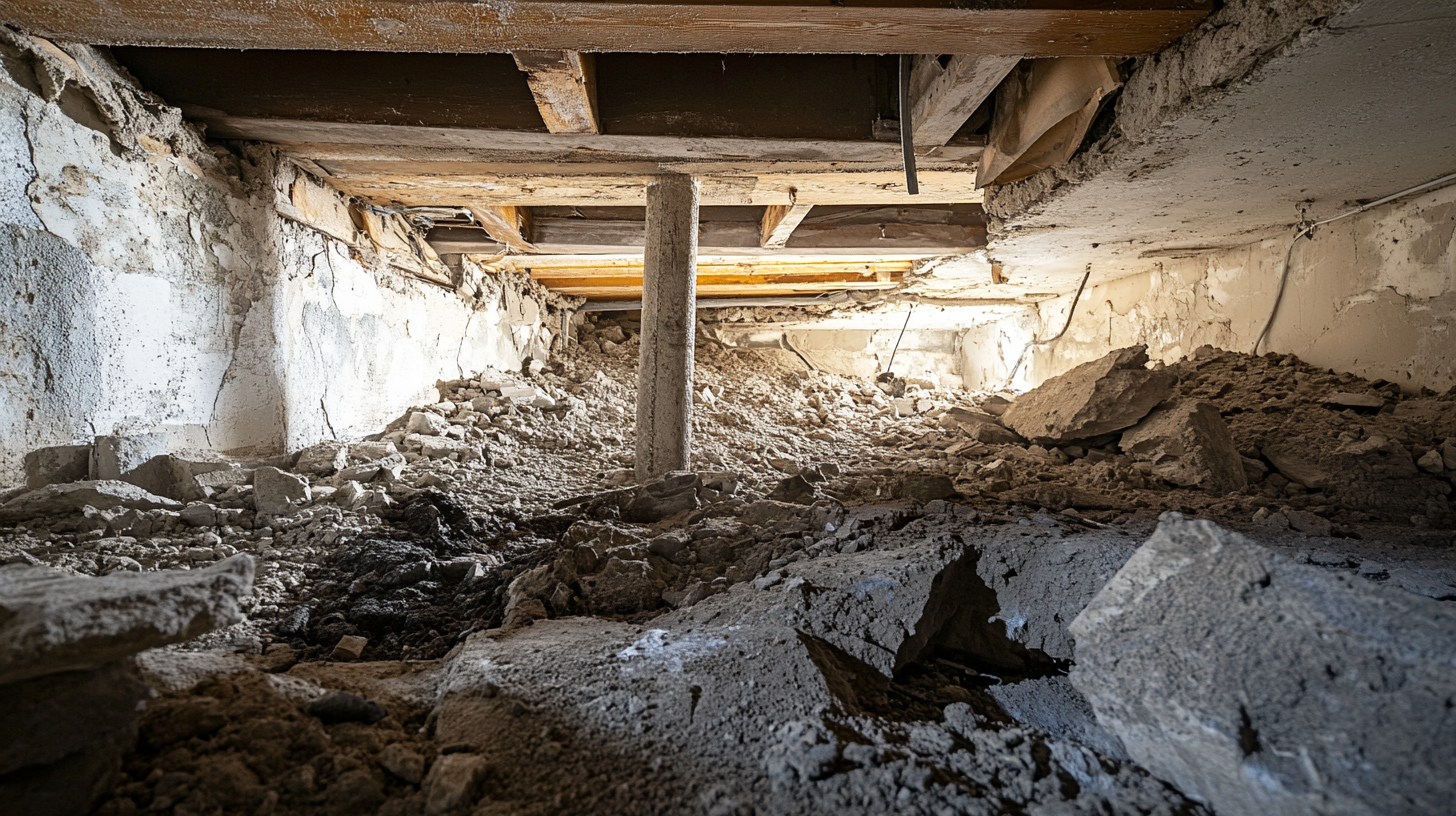
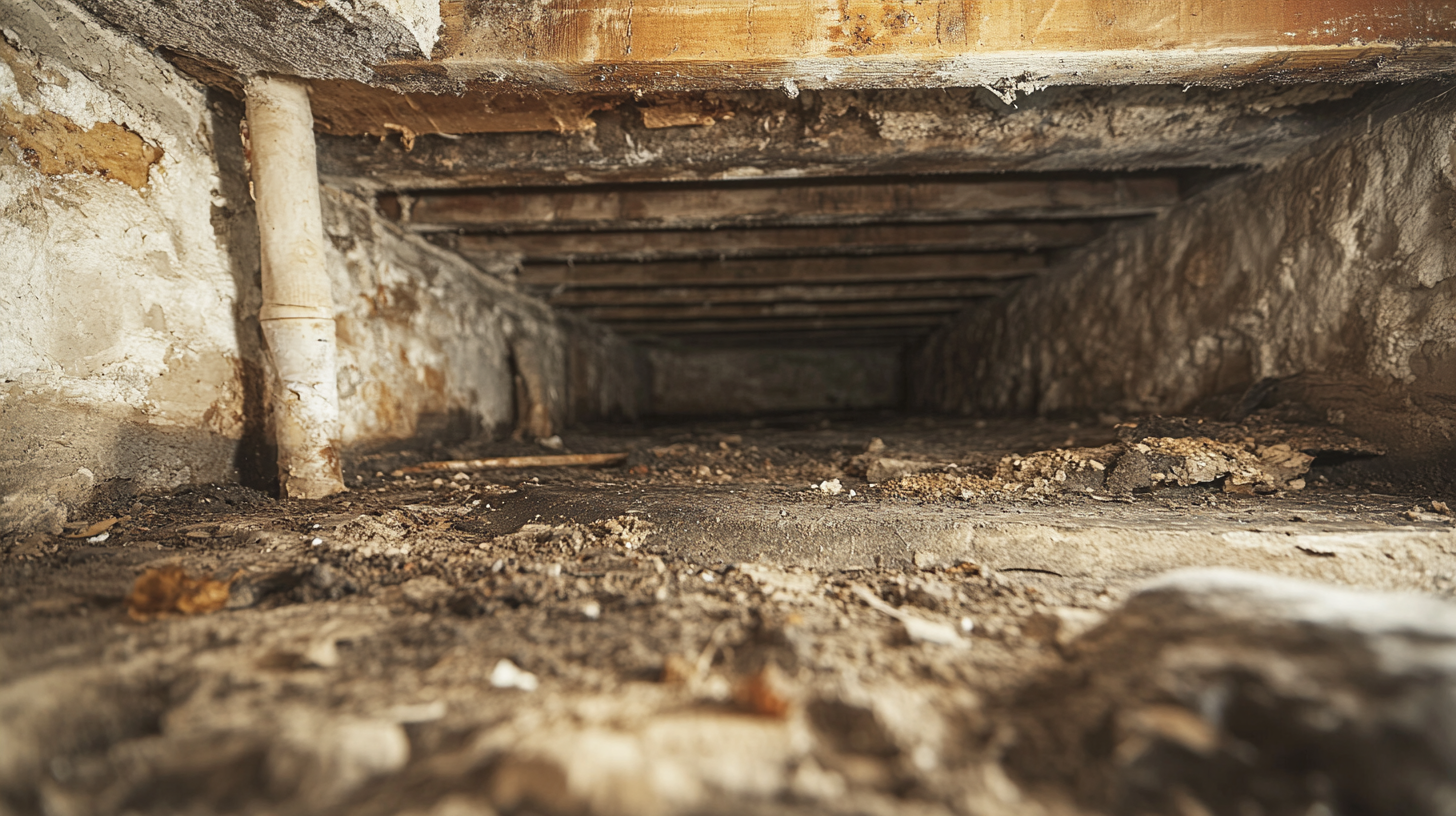
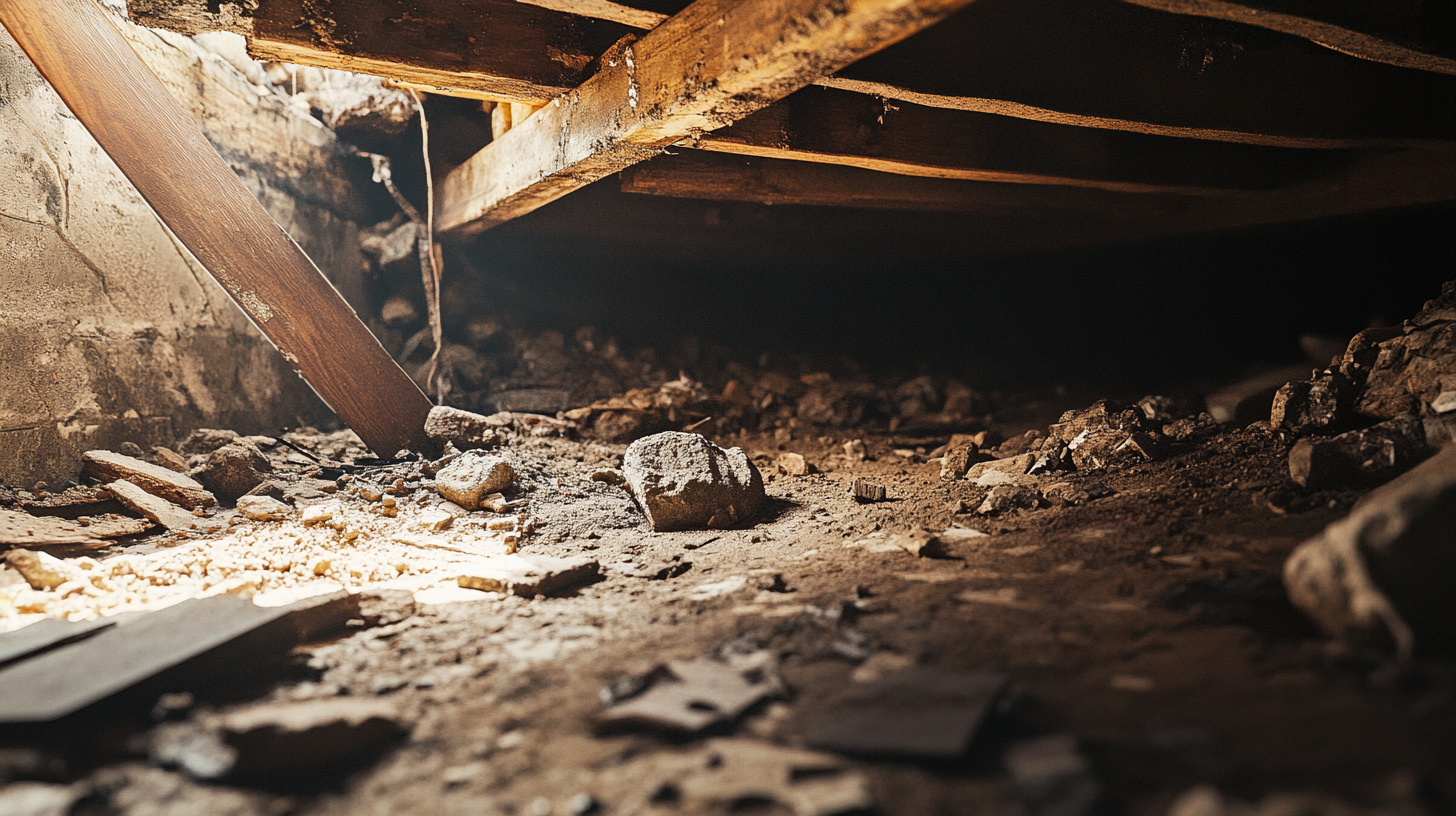
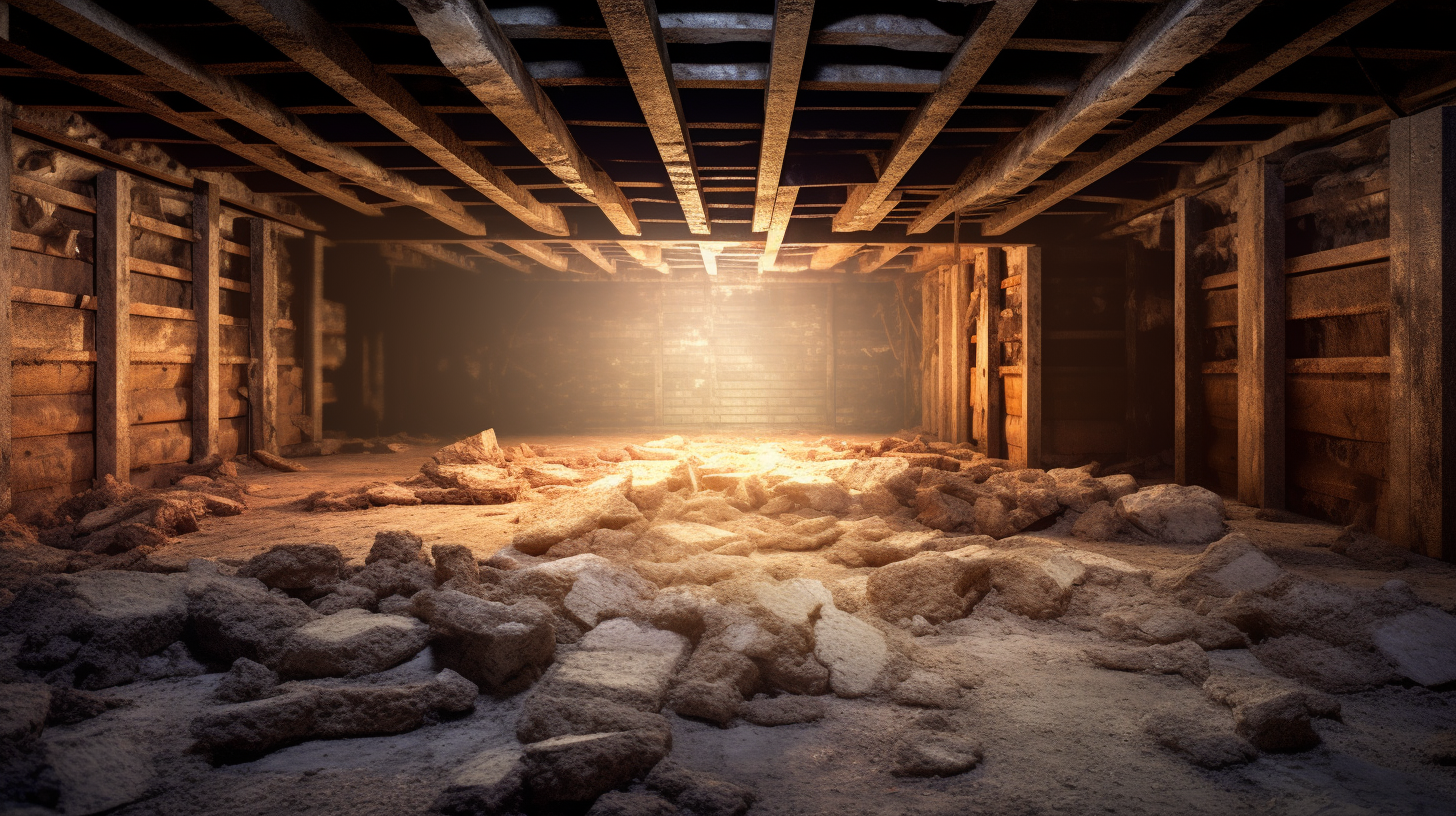
Got a Question? We’re Here to Help.
You can arrange an appointment or make an enquiry by phone or email, orget in touch to us via our contact form.


